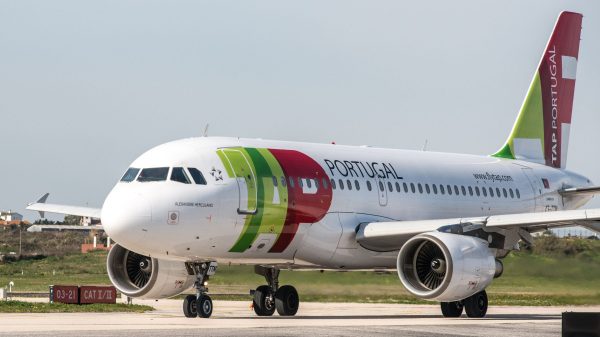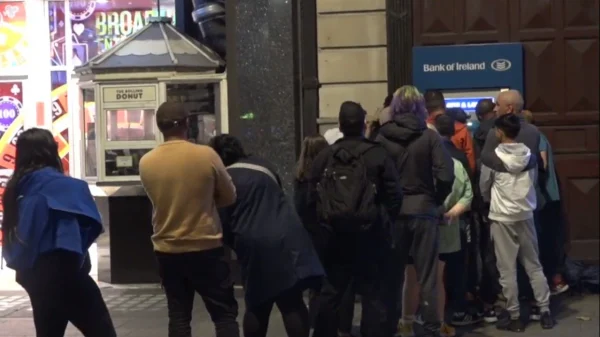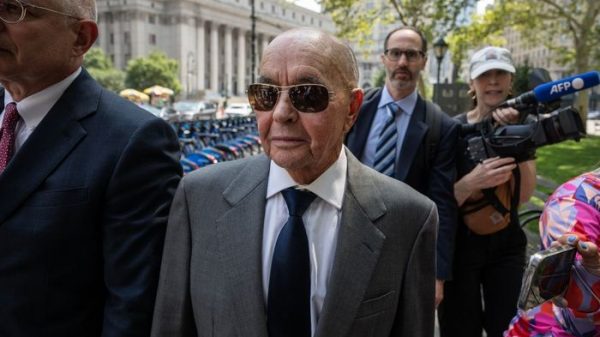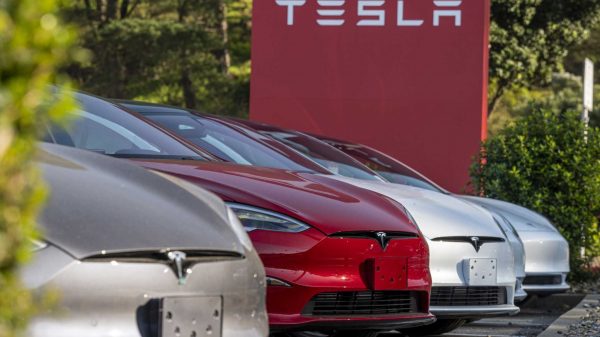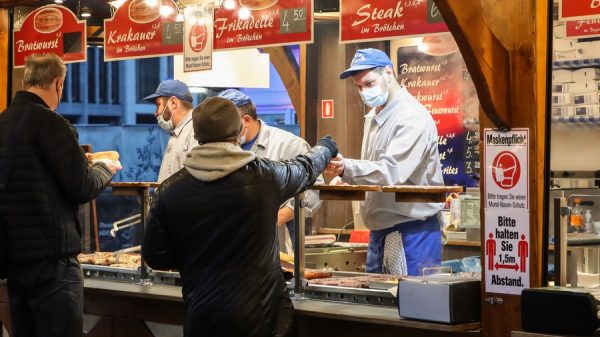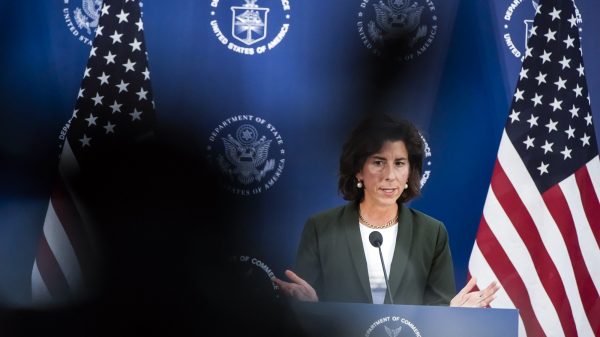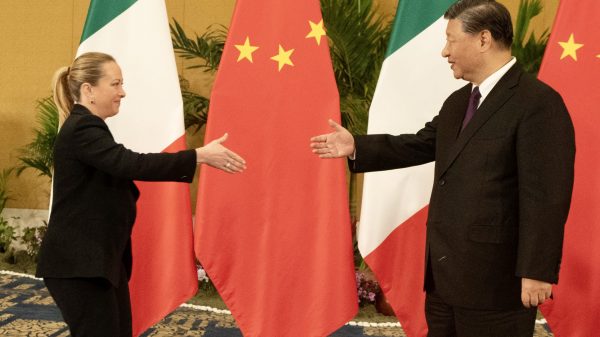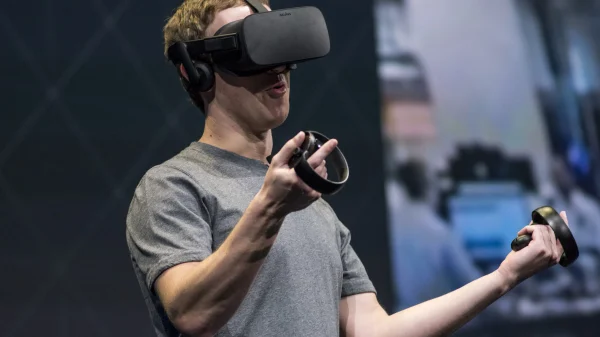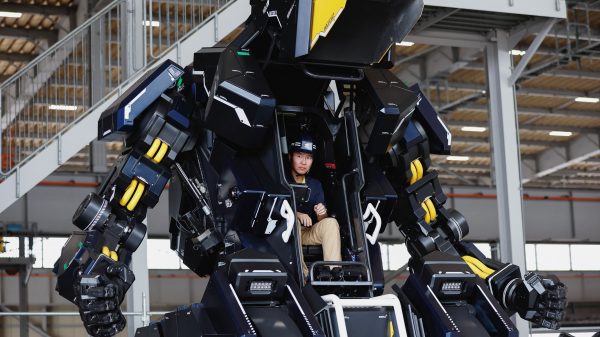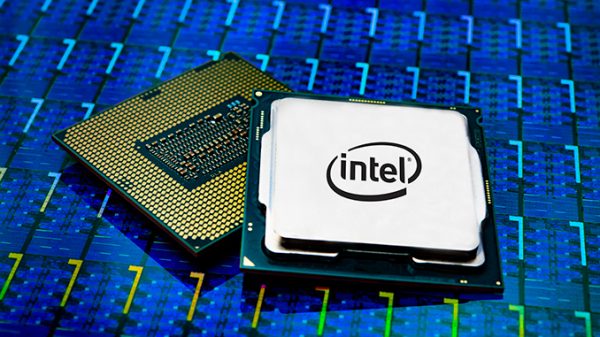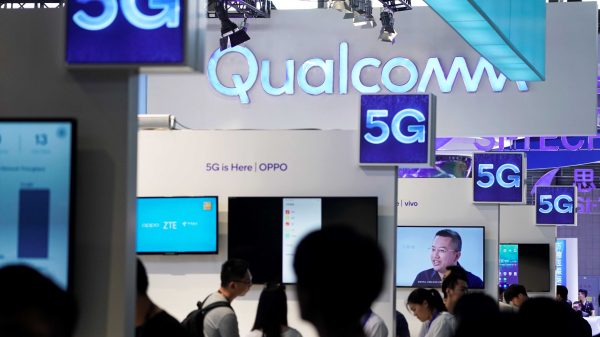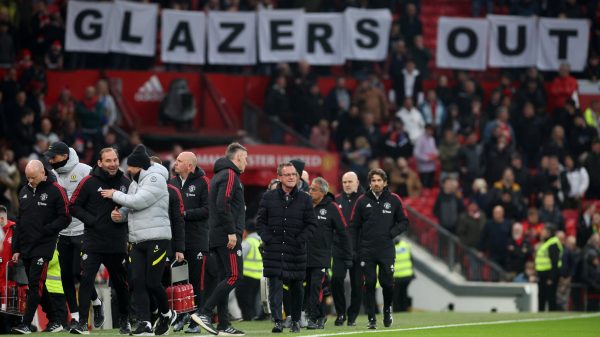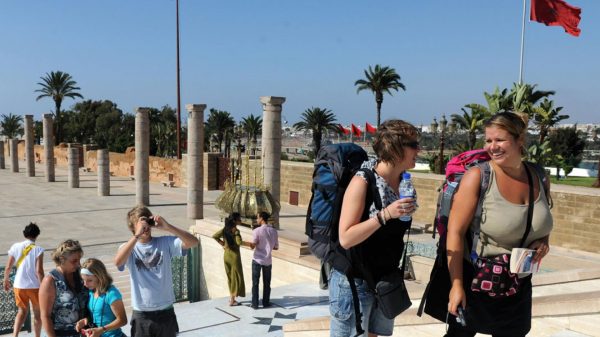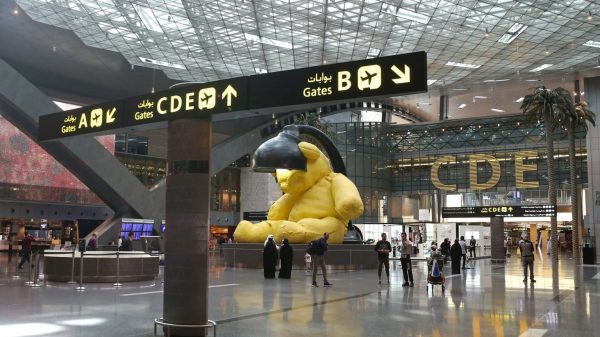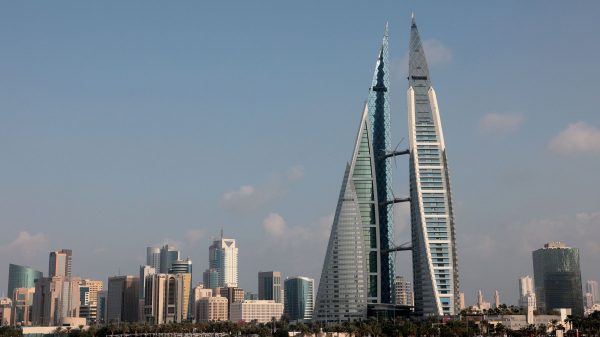Bruce McCandless, who was captured in a stunning photograph in 1984 as he made the first untethered flight in space, has died aged 80, Nasa said.
With a jetpack, McCandless travelled 100m (328ft) from the Space Shuttle.
"That may have been one small step for Neil, but it's a heck of a big leap for me," he joked, adapting astronaut Neil Armstrong's famous moon-landing line.
Armstrong's words were in fact relayed to McCandless, who was in mission control for the moon landing in 1969.
His voice was recorded in those era-defining moments, communicating with Armstrong and his fellow astronauts Buzz Aldrin and Mike Collins as they planted the US flag on the moon.
"Oh, it's beautiful, Mike. It really is," he said over the radio.
He died at home in California on Thursday, Nasa said. No cause of death was given.
"The iconic photo of Bruce soaring effortlessly in space has inspired generations of Americans to believe that there is no limit to the human potential," said Senator John McCain, who was a classmate of McCandless at the US Naval Academy.
Propelled into the dark void
McCandless was the youngest of 19 astronauts selected by Nasa in 1966 to join the space programme. He was 28, with a navy career that had seen him in action during the Cuban missile crisis.
It would be 1984 before he first flew to space, at the age of 46, but his untethered flight captured the imagination of a public that was becoming accustomed to space flight.
McCandless orbited at 18,000mph (29,000km/h), using a hefty jet pack to propel himself away from and then back towards the Space Shuttle.
At a post-flight news conference back on Earth, he said he had experienced no fear of flying loose from the craft.
"Once you're accustomed to seeing the Earth rushing by at four miles per second and you concentrate on the Orbiter and/or the spar as your references at hand, you feel quite comfortable flying around at the relatively slow velocities with respect to them," he said.
"It's sort of like two rather fast airplanes flying formation over one another."
McCandless had over the years been involved with the design and development of the jet pack that allowed him to fly alone, and over the radio from space he told mission control "we sure have a nice flying machine here".
Alongside McCandless, Robert Stewart, an army colonel, also tested the jetpack, officially known as the Manned Maneuvering Unit (MMU).
Down on earth, the New York Times described their flight in a front page article as "a spectacle of bravery and beauty".
"Free from any lifeline and propelled into the dark void by tiny jets, they became, in effect, the first human satellites," the paper wrote.
McCandless went back up to space for a second mission in 1990, helping to deploy the Hubble Space Telescope. In total he spent 312 hours in space, four of them flying the MMU.
In a 2015 article for the Guardian, he reflected on the photo which made him famous, noting that he had his visor down because he was looking at the sun.
"It's also one of its attractions: my anonymity means people can imagine themselves doing the same thing," he wrote. "Like Neil said in 1969, I was representing mankind up there."
McCandless is survived by his wife, Ellen Shields McCandless, two children and two grandchildren.
[contf] [contfnew] 
BBC
[contfnewc] [contfnewc]
The post Bruce McCandless, who made first untethered space flight, dies at 80 appeared first on News Wire Now.






